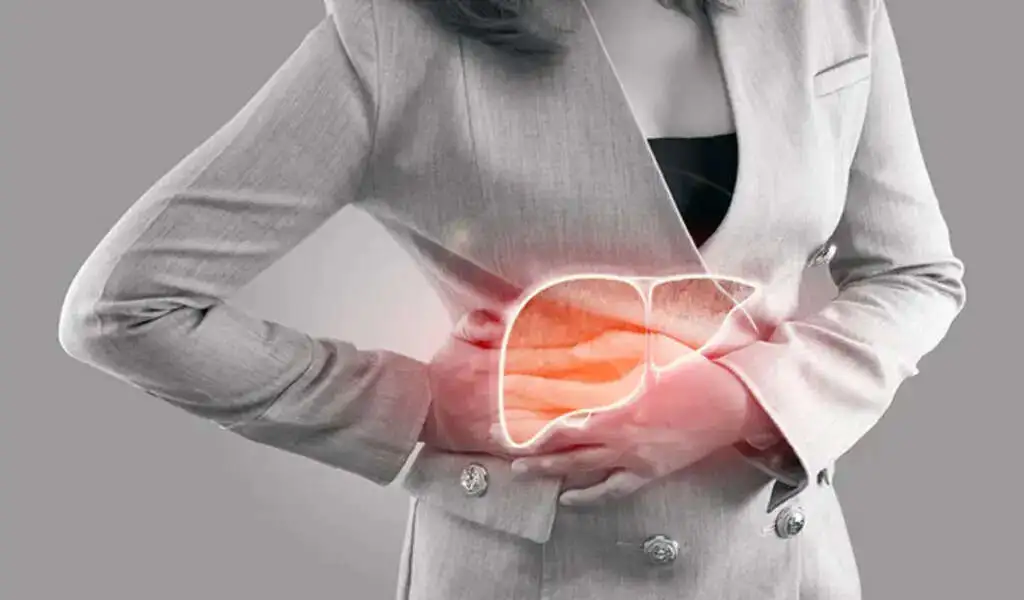(CTN News) – A substance known as bile is excreted by the Liver Disease, which controls the majority of chemical levels in the blood. The liver is able to remove waste products through this process.
As the blood exits the intestines and stomach, it is received by the liver. As well as processing this blood, the liver also breaks down, balances, and produces nutrients.
Medications are also metabolized by it in order to make them more readily absorbed by the body or to make them non-toxic.
It is known that the liver performs more than 500 essential functions. Accordingly, it is apparent that a healthy liver, and in particular a healthy liver that functions properly, is essential for our well-being.
In spite of this, there are many factors that contribute to the deterioration of the liver. There are a number of signs and symptoms associated with poor liver health, as with other ailments.
It would be helpful for us to understand what signs may indicate that your liver is in poor health.
The following are seven signs that your Liver Disease is not in proper health:
1. Pale stool
Bile salts are typically secreted by the liver and give stools their black color. Pale stools may indicate a problem with the liver or another component of the biliary drainage system.
In severe liver disease, black, tarry stools can result from blood moving through the digestive tract. This condition requires immediate medical attention.
2. Spider Naevi
It resembles a red dot with blood vessels extending outward from the center as if it were the legs of a spider. It is possible for them to appear frequently in healthy females.
However, if they appear more frequently in the upper half of the body or in males, it may indicate that they are suffering from liver disease.
3. Dark-coloured urine
It is possible to develop liver disease if your urine is dark orange, amber, or brown in color. There is an accumulation of bilirubin due to the liver’s inability to break down too much of it.
It is important to consult a doctor as soon as possible if you notice dark urine.
There are four. Reduced alertness
Although its etiology is unknown, tiredness may be a result of impaired metabolic processes in the liver.
When toxins accumulate in the blood and reach the brain as a result of liver disease, they disrupt brain function and may result in confusion, dizziness, or memory impairment.
5. Yellow eyes
When the bile pigment bilirubin cannot be properly handled, it builds up in the blood and causes jaundice. Itching may also occur for the same reason.
A yellowish tone can often be seen in the eyes or on the skin when this condition is present.
6. Digestive issues
The accumulation of toxins causes intestinal distress, which in turn causes nausea and vomiting. Due to its vital role in the regulation of digestion, a dysfunctional liver may result in loss of appetite.
7. Dilated blood vessels
Varices of the esophagus are enlarged blood vessels that are prone to bleeding inside the lower section of the esophagus.
They may develop in individuals suffering from serious liver diseases. Hypertension in the portal vein, or portal hypertension, may be caused by an ill liver.
The portal vein transports blood to the liver. Blood vessels that develop as a result of this pressure are termed collateral blood vessels.
SEE ALSO:
Europe’s Multidrug-Resistant Organisms Are On The Rise






